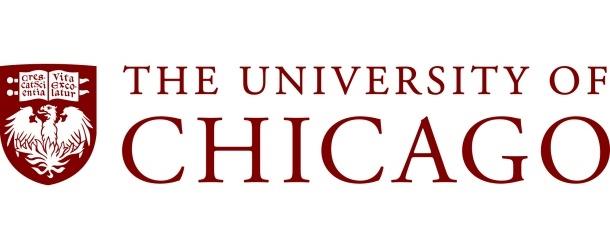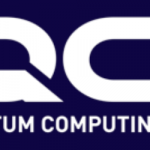UChicago Researchers Excel in IBM Quantum Open Science Challenge

(HPCWire) IBM announced its first Quantum Open Science Challenge last year and presented two targets to the research community and offering prize money and experimental time on their quantum computer.
When the results were tallied, two UChicago-affiliated researchers came out on top of their respective categories:
–Alexey Galda, a Research Assistant Professor in the UChicago James Franck Institute with a joint appointment at Argonne National Laboratory, was one of four winners in the competition’s graph state challenge.
–And while no researchers met the benchmark for the SWAP gate challenge, UChicago CS alum Pranav Gokhale was acknowledged by the company for his top-ranked solution.
Both challenges shared the ultimate goal of creating near-term quantum computers that perform more quickly and accurately, decreasing the errors and inefficiencies of present-day models. Most quantum machines operate using qubits instead of traditional computer bits, and the great potential of these units to occupy more than two states and share information via entanglement also comes with a multitude of technical challenges in both computer science and physics.
In their solutions, Galda and Gokhale combined their knowledge in these fields and their experience working with UChicago, Argonne, and the Chicago Quantum Exchange to come up with creative and effective approaches. In a press release, IBM saluted the submissions for their “potential to make a tremendous impact on the field.”
“The challenge was a great opportunity for scientists to test their knowledge of the IBM ecosystem and hardware to solve practically-motivated problems,” Galda said. “It was a really rewarding experience.”
Following the competition, Galda plans to continue using the IBM tools to test and develop his ideas about pulse level control for quantum hardware.
“There’s still a lot of optimization to be done in how quantum computers work, just by playing with software tools and pulses,” Galda said. “It reinforced my understanding that pulse level control is a really powerful technique, and I’m keen to try it more in other challenges and will continue employing it in my own research.”



















